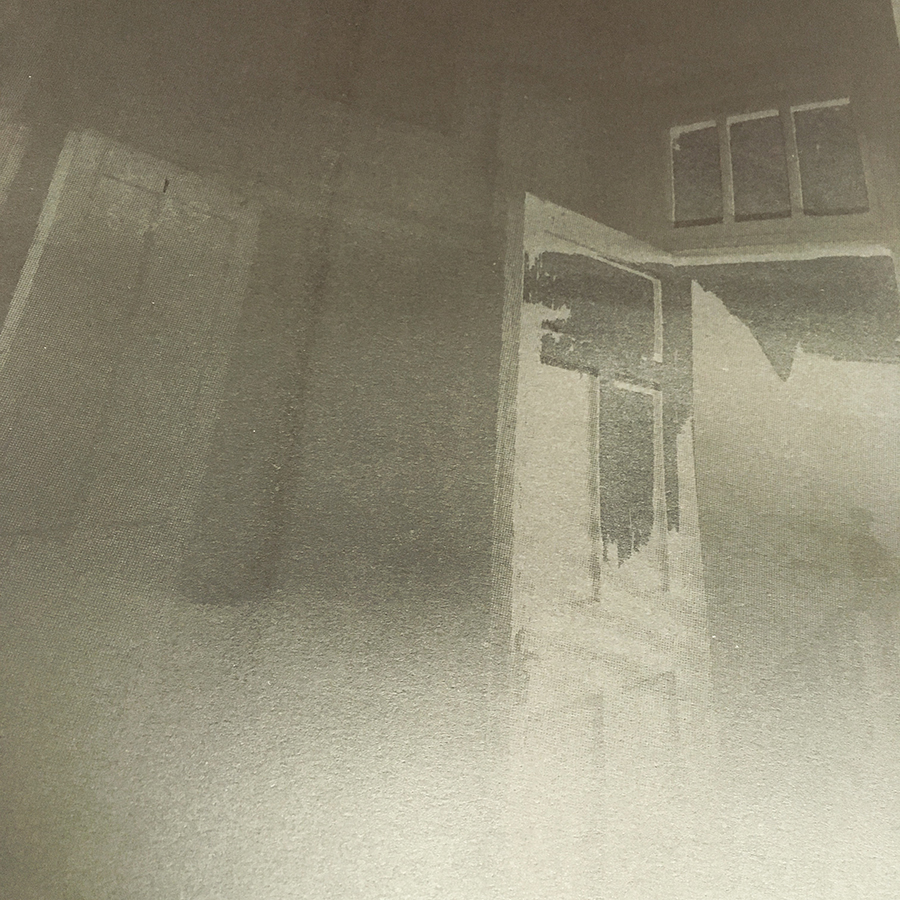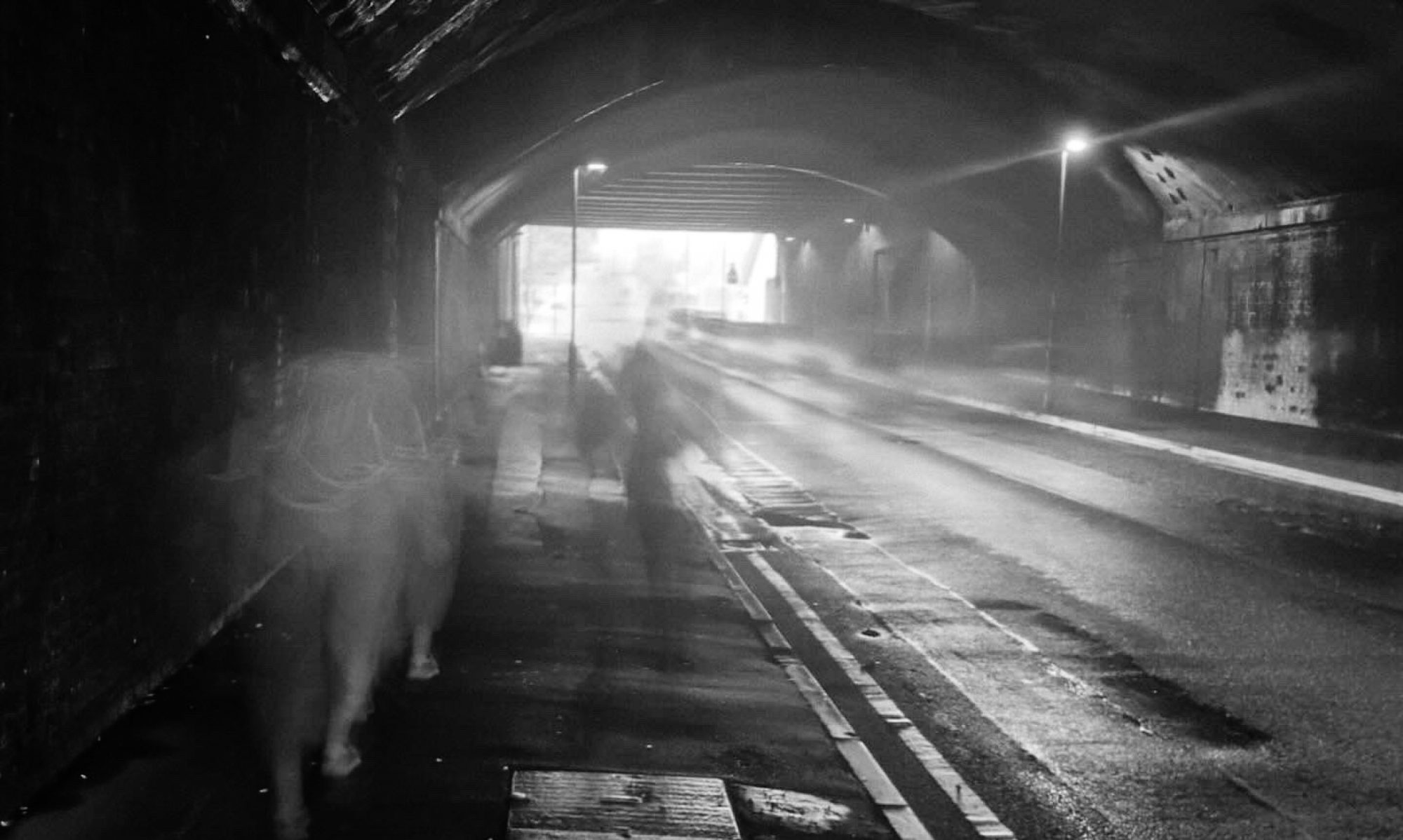Phenomenology and Experimental Screen Printing.
A reoccurring theme in my practice is phenomenology – finding ways in which to articulate conscious experience.
This can seem to be an absurd and somewhat futile task, to create (often) two-dimensional works that capture or express a three-dimensional reality that exists in flux. For this reason, I avoid trying to creating a ‘fixed’ or static image that represents a place. The works are a gateway to a conversation about the place rather than an illustration of place.
My aim is therefore to create work that interacts with the environment in which it is presented. If the lighting changes, then so should the work, because after all, that is what ‘place’ is, as Maurice Merleau-Ponty says in the Phenomenology of Perception.
‘If I walk along a shore towards a ship which has run aground, and the funnel or masts merge into the forest bordering on the sand dune, there will be a moment when these details suddenly become part of the ship, and indissolubly fused with it. As I approached, I did not perceive resemblances or proximities which finally came together to form a continuous picture of the upper part of the ship. I merely felt that the look of the object was on the point of altering, that something was imminent in this tension, as a storm is imminent in storm clouds.’
As we move through space or a place, our perception of it changes, tensions alternate and restructure and inevitably we change as a consequence. It seems only natural to me that my work should have the same integrity.

The need for integrity is what has driven me to experiment with glosses and lighting in my screen printing practice. The two-dimensional work must be made to have more dimensions with the introduction of a flexible and mobile audience and space.
To see previous examples of this on going screen printing project click here and to see my research into etching and the rhizome, click here.
